It takes just under two and a half hours to drive from Sarajevo, the pulsating capital of Bosnia, to Srebrenica, located close to the border to Serbia. The further you drive, the more often you see destroyed and abandoned houses. Sometimes even whole villages to which nobody has returned 25 years after the war was officially stopped with the signing of the Dayton agreement. Located in a narrow valley among the hills of Eastern Bosnia, Srebrenica used to be a mining town whose name can literally be translated as “Silver City“. That was before the war that took place in Bosnia and Herzegovina between 1992 and 1995. Today, the name Srebrenica has become synonymous for the worst war crime in Europe since the Second World War.
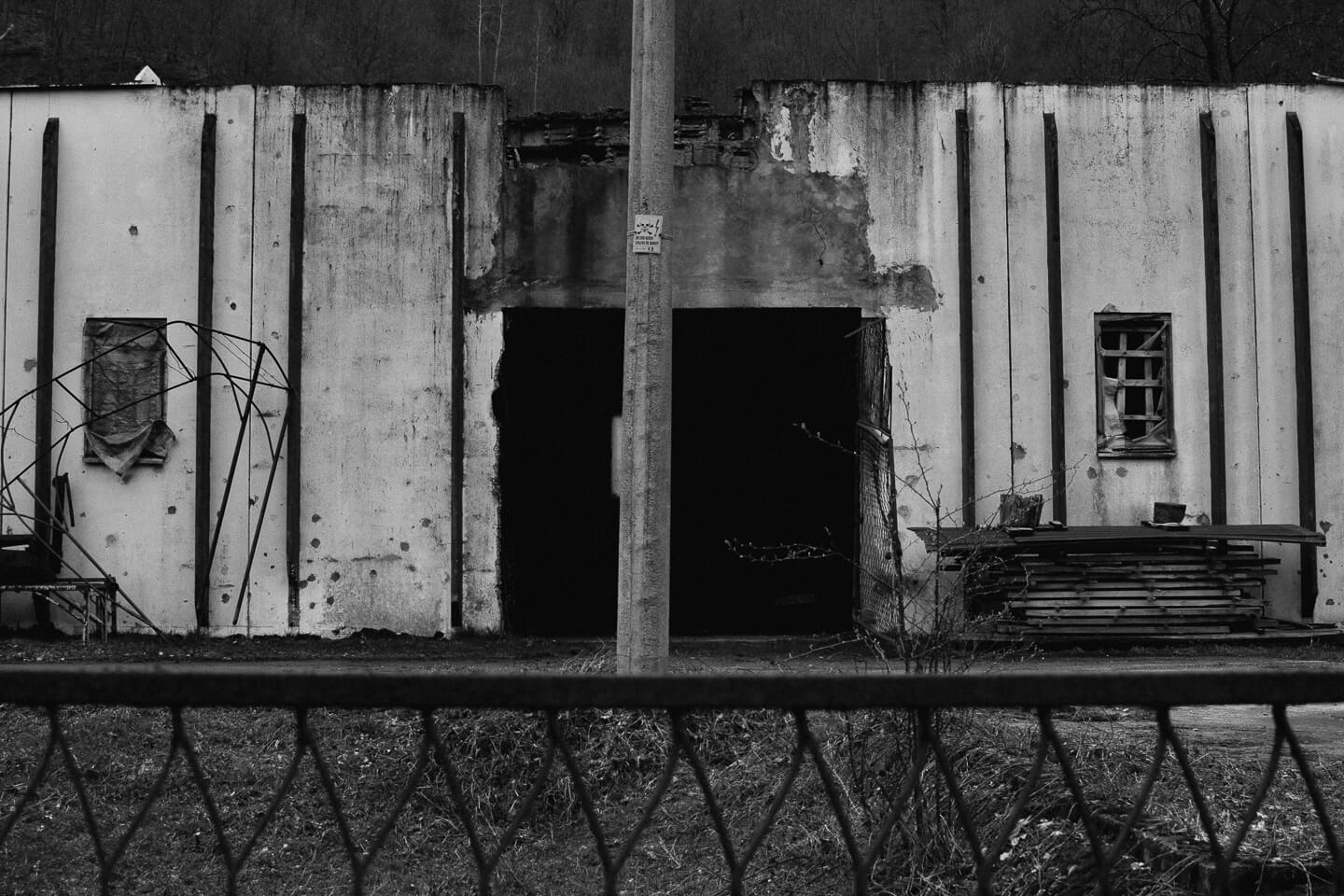
Kravica warehouse, 13 and 14 July 1995, approx. 1000 Bosnian-Muslims/Bosniaks executed.
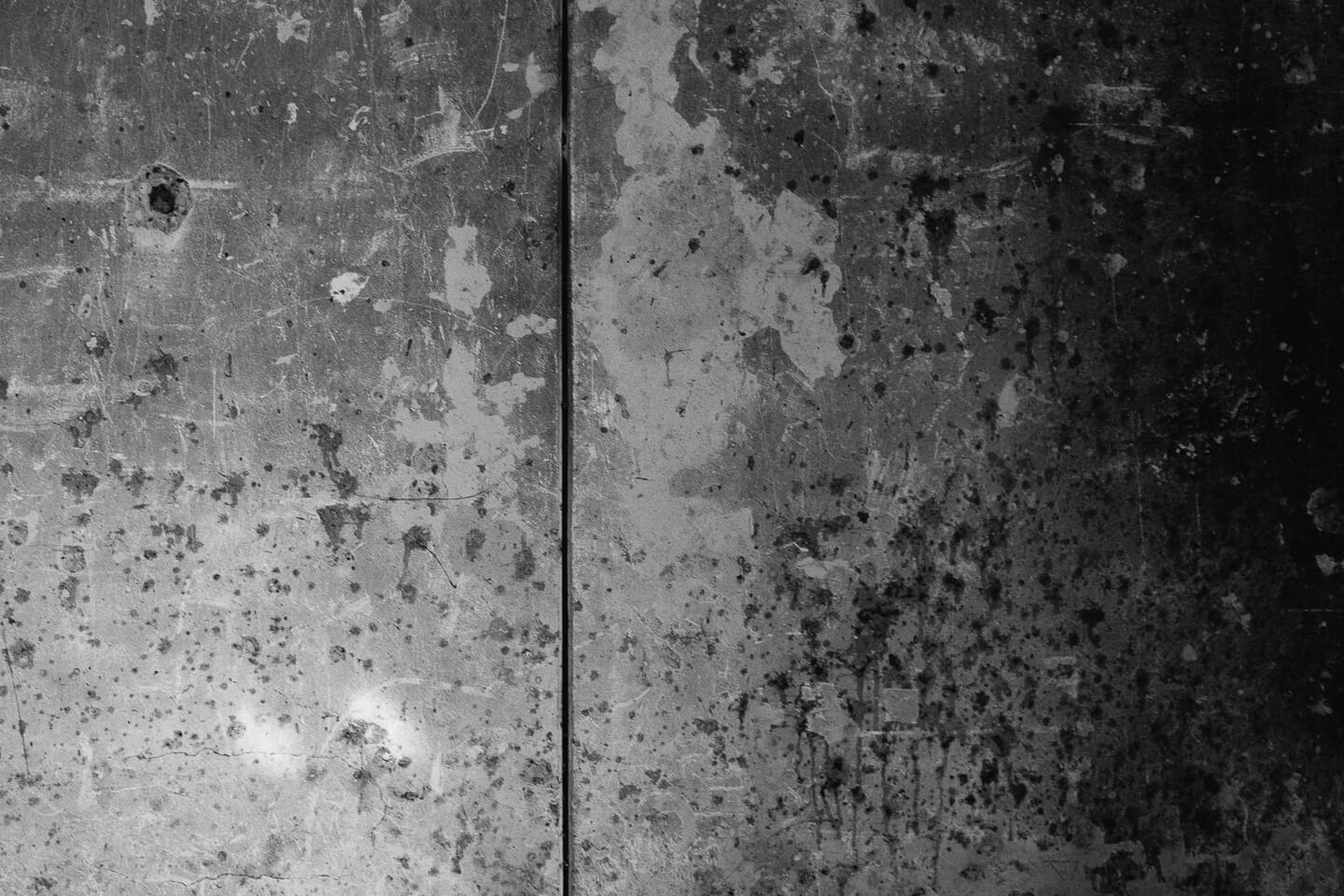
Walls inside the warehouse in Kravica.
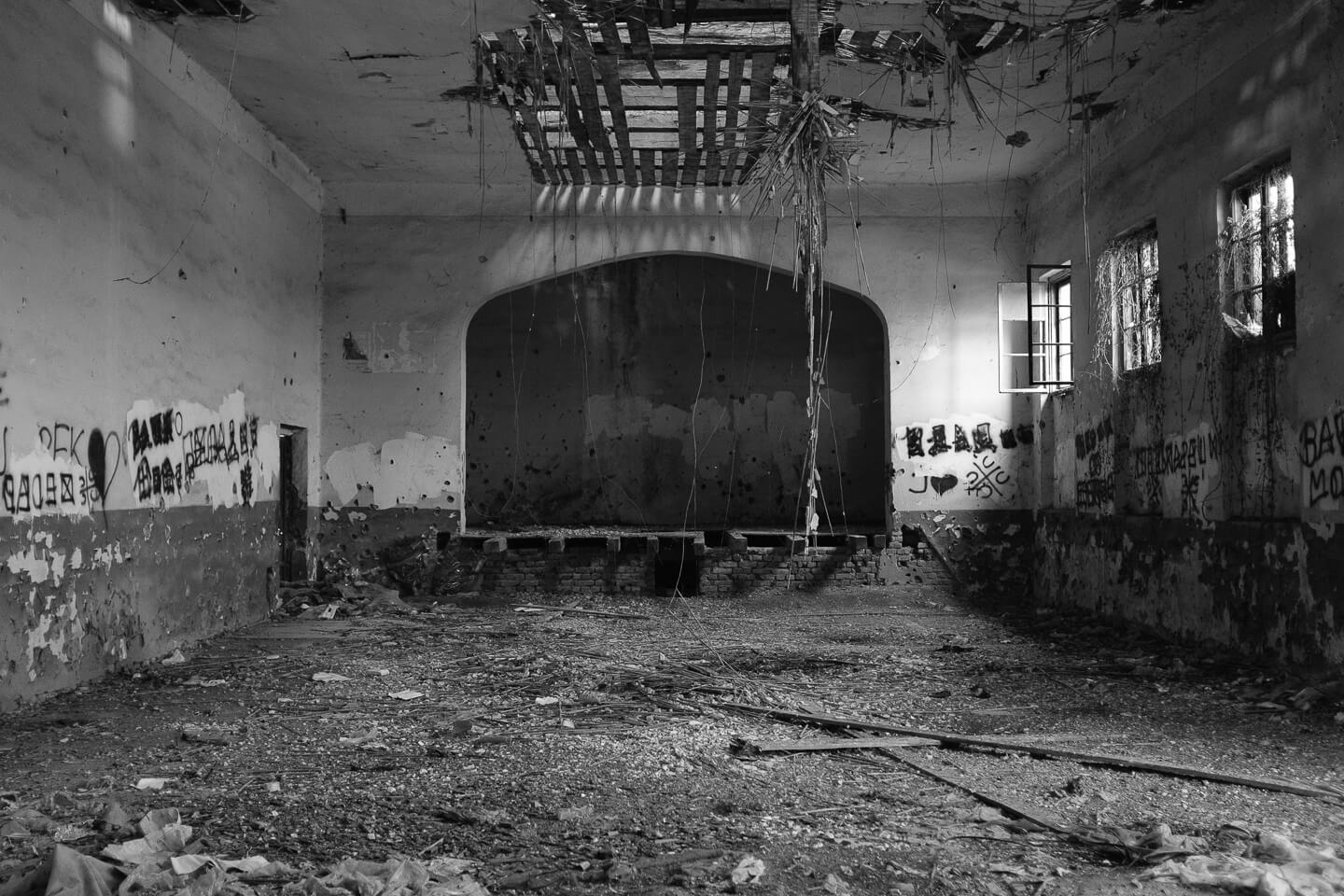
Pilica Cultural Centre, 13 and 14 July 1995, approx. 500 Bosnian-Muslims/Bosniaks executed.
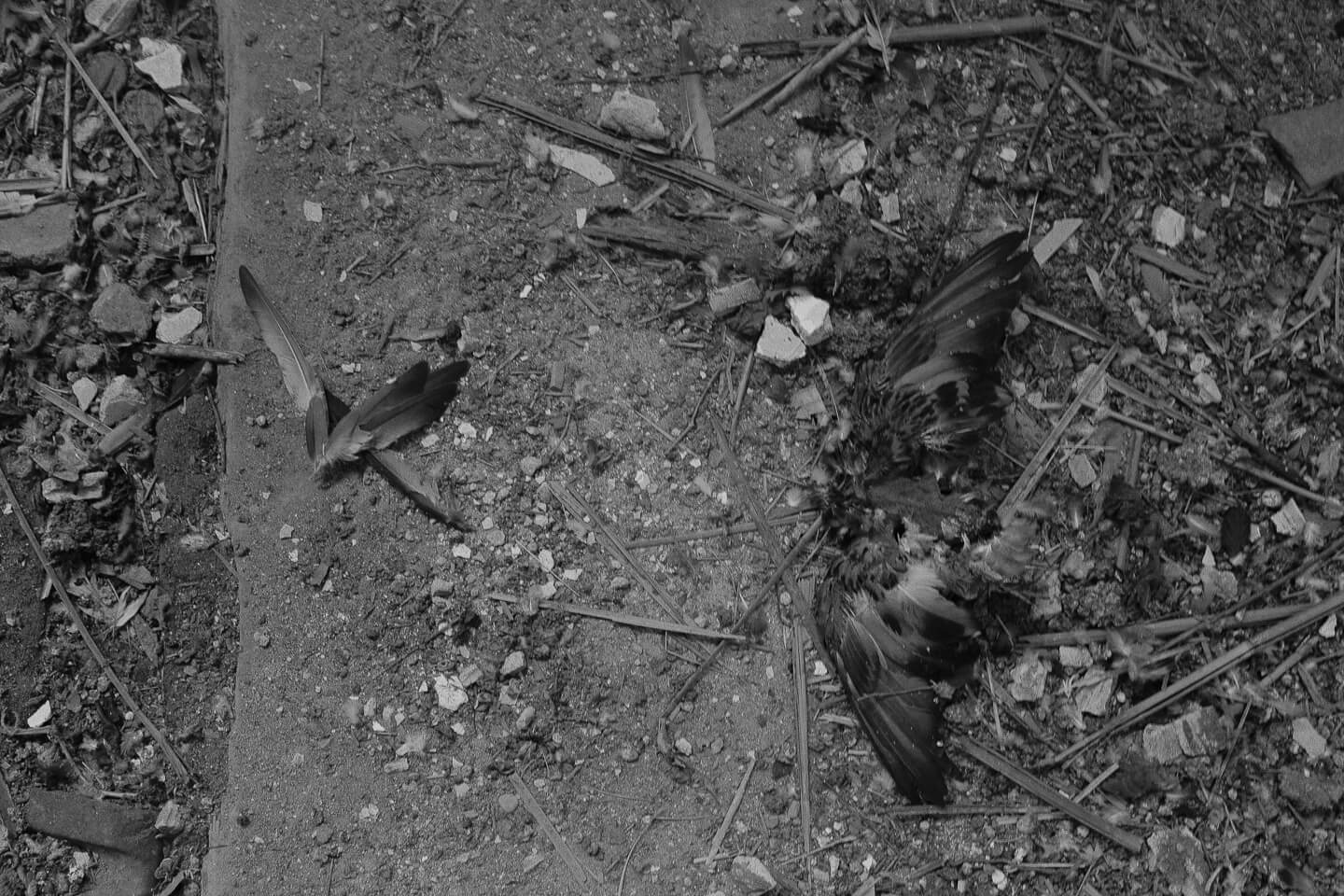
Dead dove inside Pilica Cultural Centre.
Mass executions and multiple mass graves
Evidence from exhumations, demographic experts, intercepted communications, documents and both victim and perpetrator testemonies led the International Criminal Tribunal for the former Yugoslavia to the conclusion, that in July 1995 Bosnian Serb forces commited genocide in Srebrenica. It found that they killed between 7.000 and 8.000 Bosniaks, most of them men and boys. The victims were either civilians or prisoners of war. The massacre and the subsequent cover-up operation were well planned and organised.
The mass executions took place at a total of nine sites. The bodies were initially buried in multiple mass graves around the region. In an attempt to cover up the crimes, at least eight primary gravesites were disturbed in the weeks after the initial killings and bodies and bodyparts reburied at secondary gravesites. As of 2020 more than 7.000 victims have been identified by forensic experts of the International Commission on Missing Persons through DNA analysis. Every year newly identified victims are re-buried at the Srebrenica–Potocari Memorial and Cemetery just outside Srebrenica.
“For survivors of the Srebrenica genocide, these landscapes are the settings of our stories. The mountains, fields, and worn out structures are embedded with the loss and suffering of our experiences, as well as with the memories of our loved ones, our childhoods, and our nation’s very core.”
– Emir Suljagic, Director, Srebrenica Genocide Memorial Center
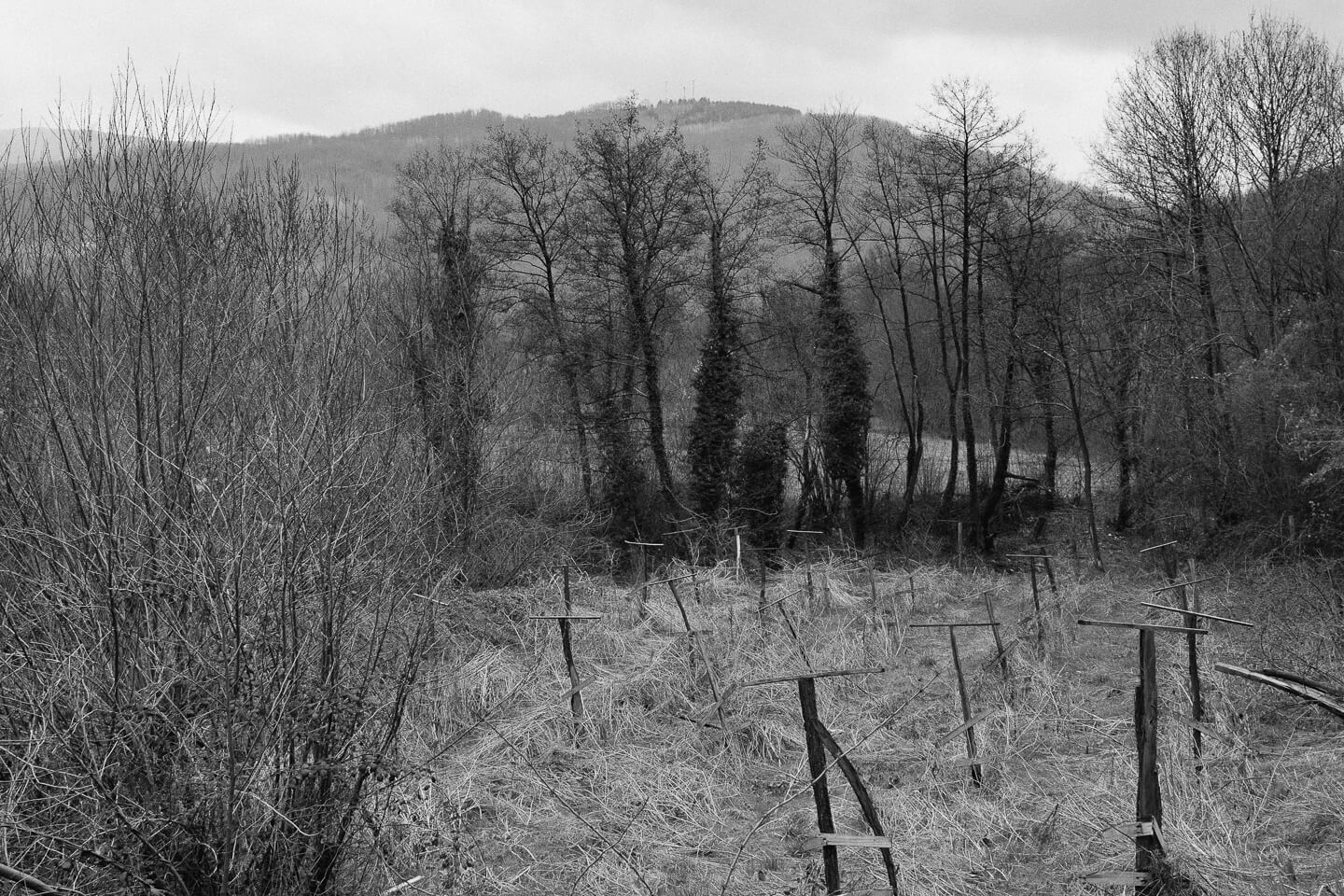
Nova Kasaba 1, Primary mass grave, 33 bodies, exhumed in 1996.
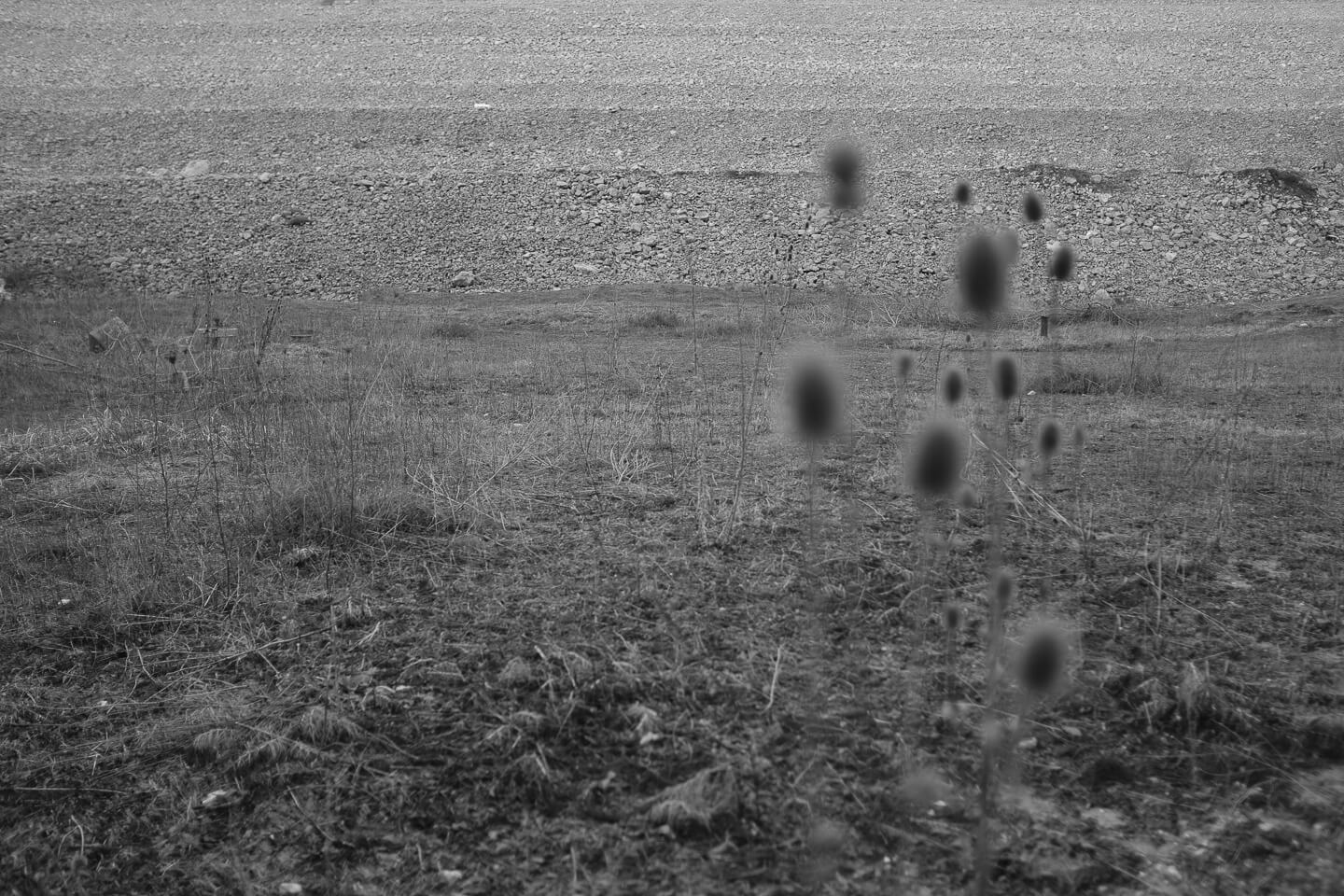
Dam near Petkovci, Primary mass grave, 43 bodies, exhumed in 1998.
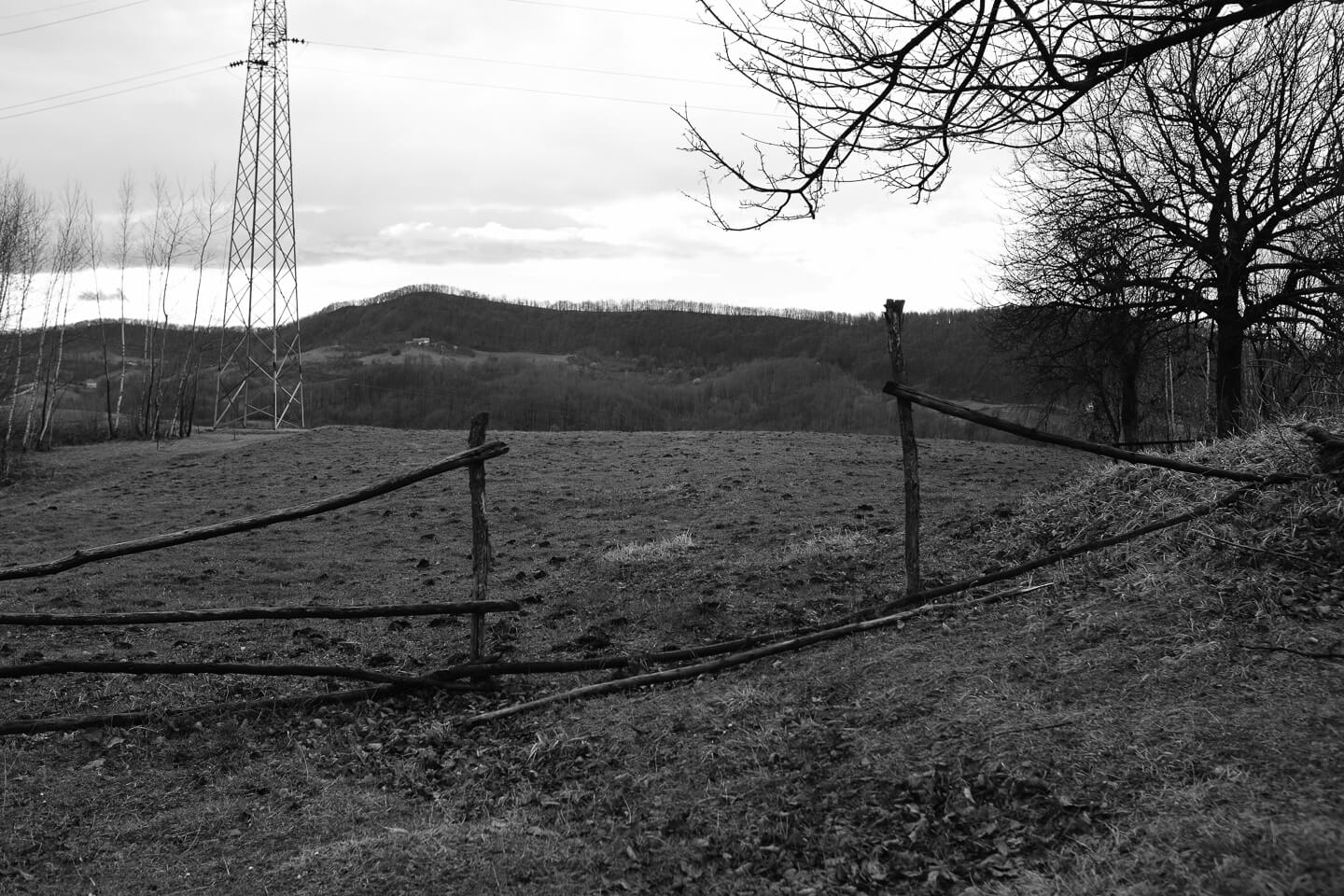
Hodzici Road 2, Secondary mass grave, 103 bodies, exhumed in 2006.
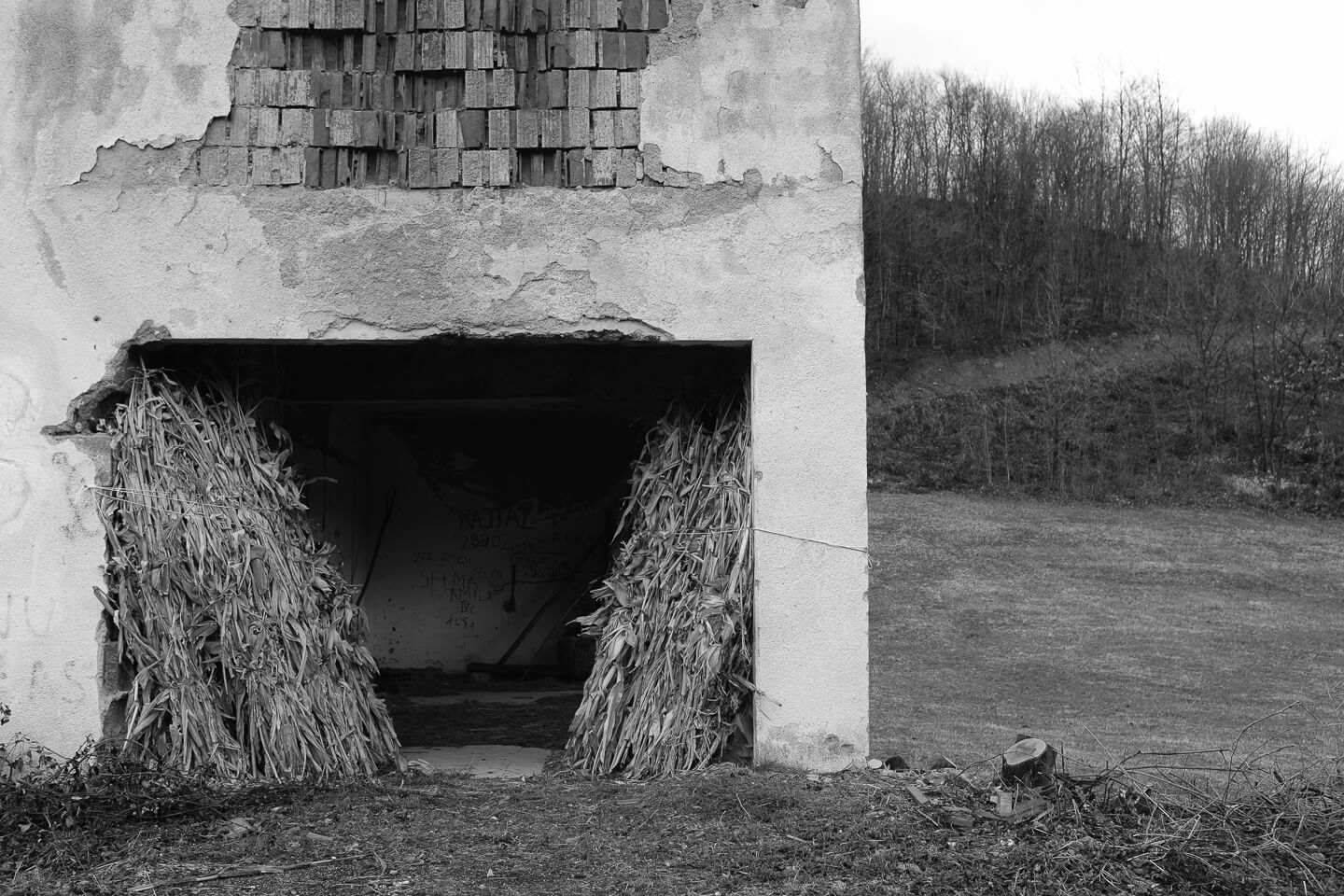
Liplje 4, Secondary mass grave, 292 bodies, exhumed in 2001.
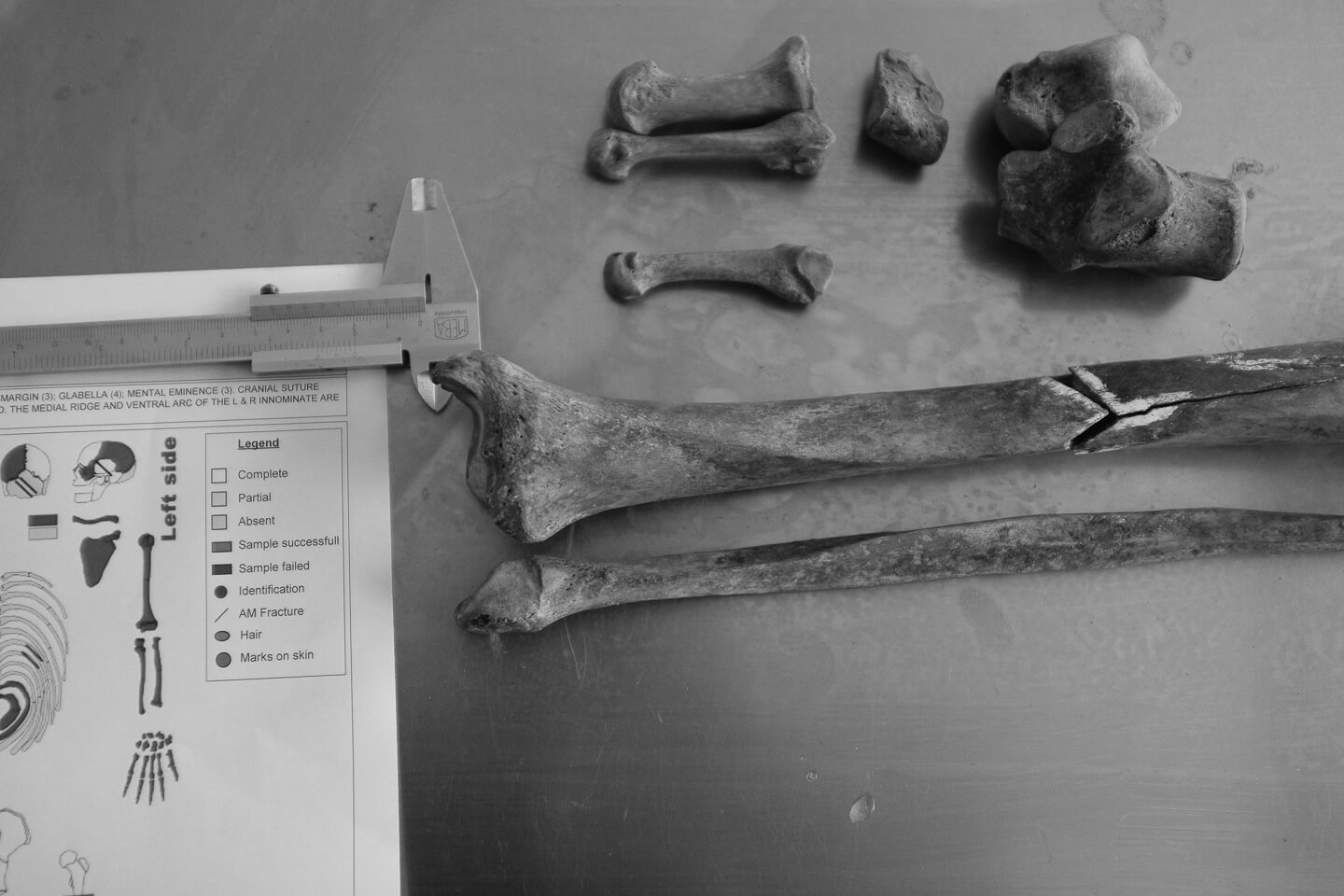
Human bones and fragments on the table at ICMP identification facility in Tuzla.
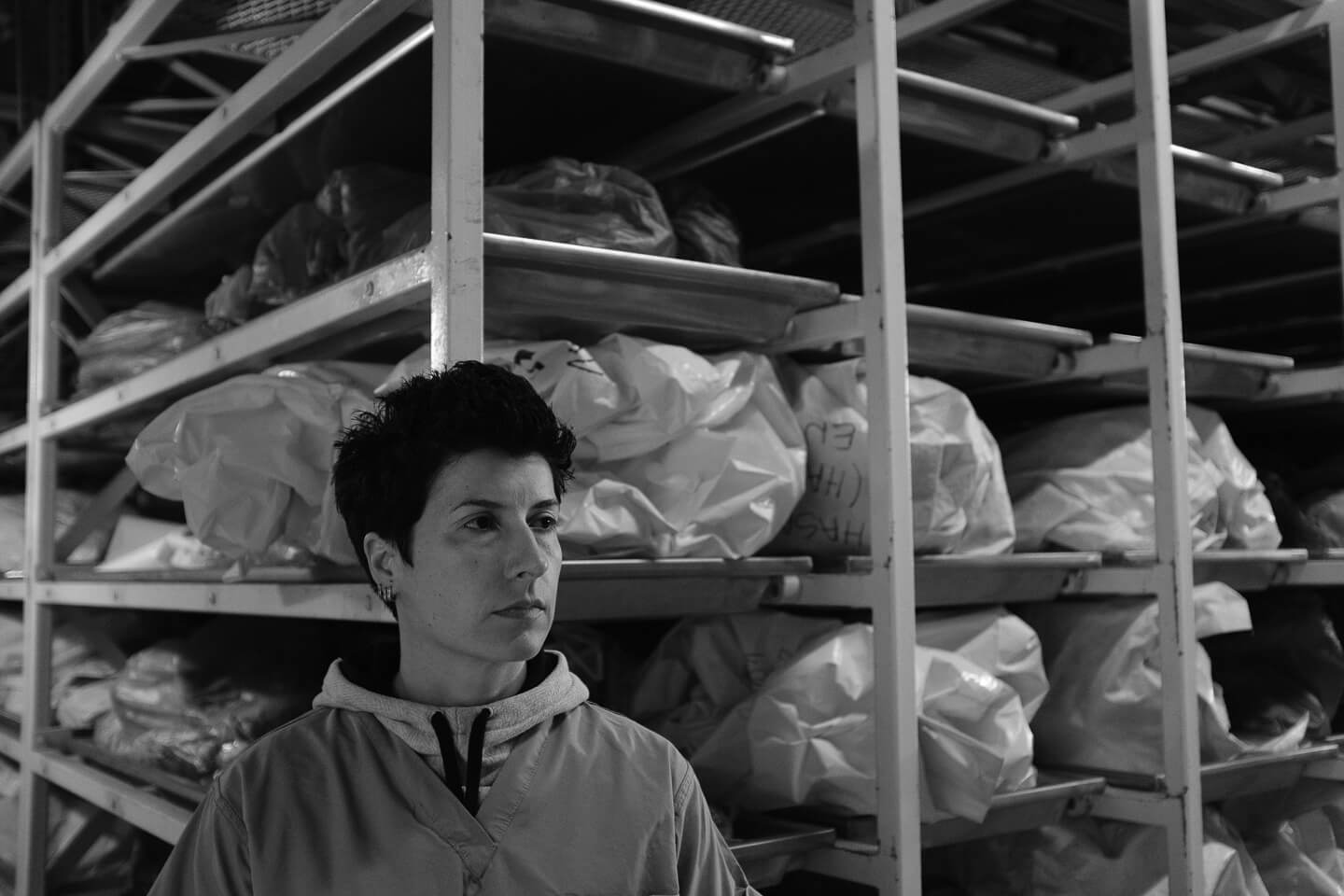
Senior Forensic Anthropologist Dragana Vucetic of the ICMPs Podrinje Identification Project.
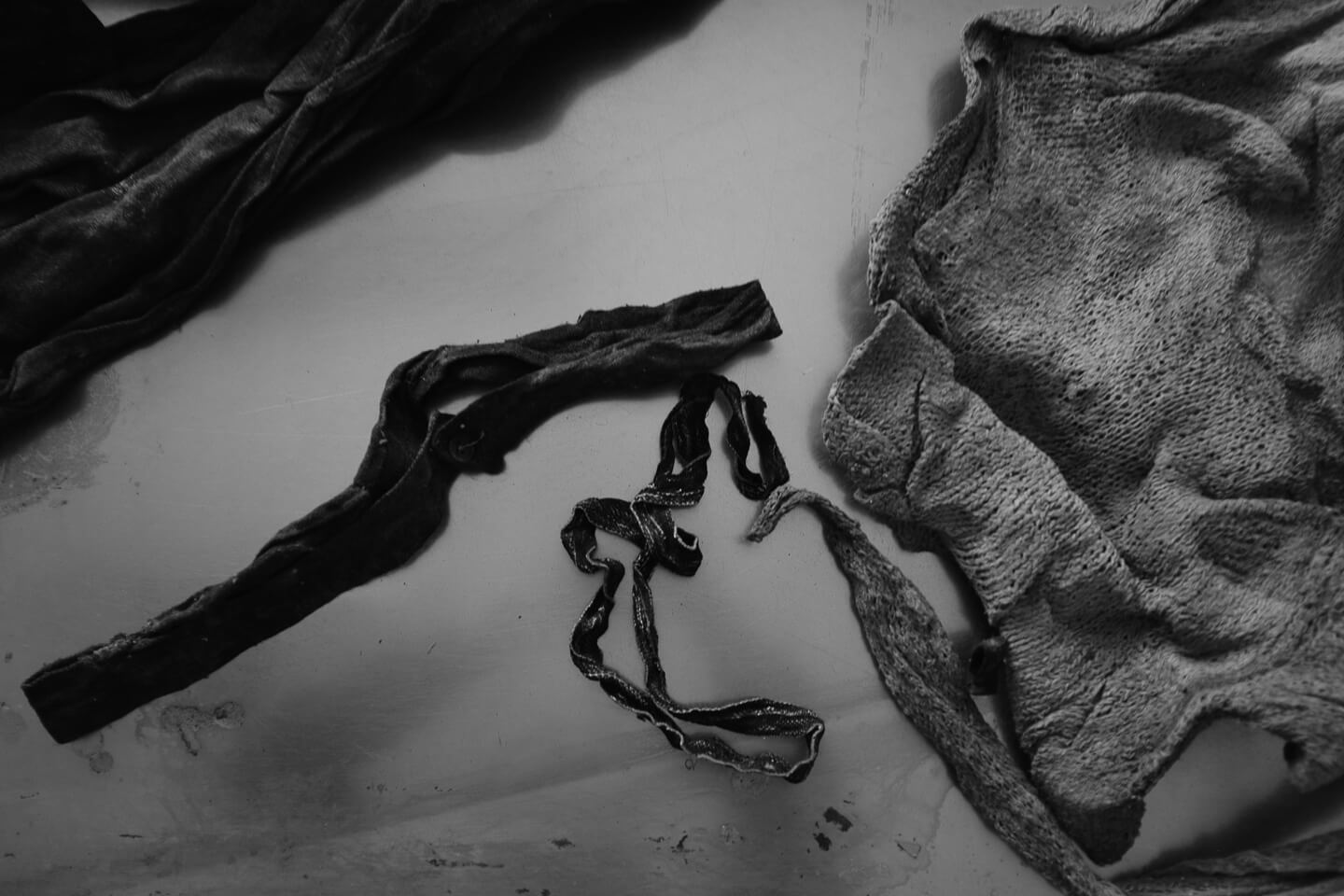
Victims cloth found inside of one of the Srebrenica mass graves.
Surviving genocide
Of the survivors – the female partners, children, mothers or sisters of the victims – only few have returned to the region. Others have left the country for good or are still living in former refugee camps in Bosnia. Two million people have been internally displaced in Bosnia and Herzegovina, more than half of the population of the entire country. That included those who managed to escape the genocide in Srebrenica. Most them ended up in quickly set up refugee camps. Some of these camps, like Jezevac near Tuzla, never went away. The refugee camp in Jezevac is still around 25 years after the Bosnian war ended, housing many widows of the genocide in Srebrenica, their children, and now even their grandchildren. The socioeconomic situation remains critical.
When the houses in Jezevac were built by the United Nations shortly after the war in Bosnia ended, they were meant to be temporary. Most of the camps’ widows of the genocide have since visited their loved ones’ graves at the Srebrenica–Potocari Memorial and Cemetery just outside Srebrenica. But for them, it is too emotionally difficult to return to the town itself. Now houses in the refugee camp have become a permanent home for them.
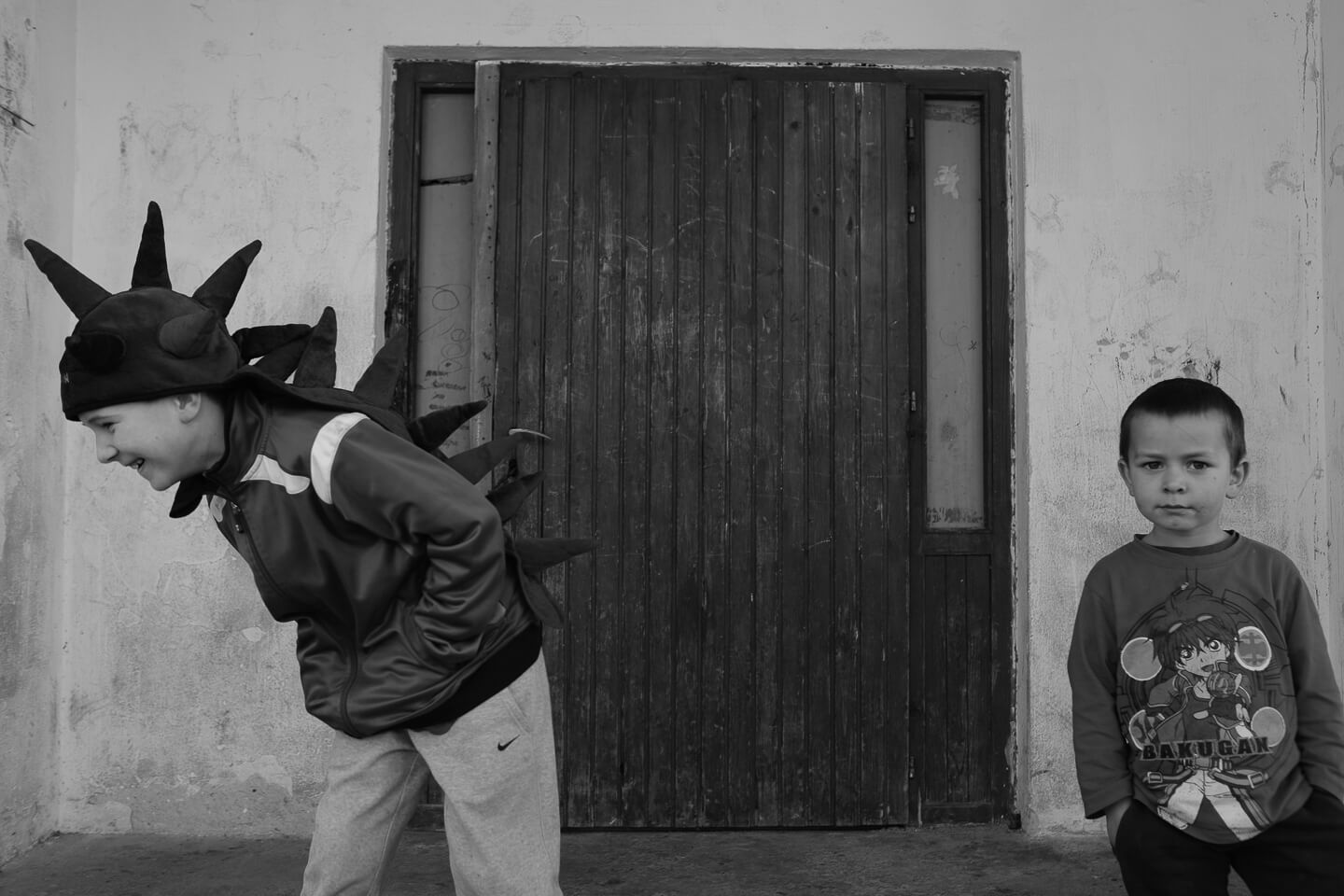
Inside Jezevac Refugee Camp, trauma is being transferred from the first generation of survivors to the following generations.
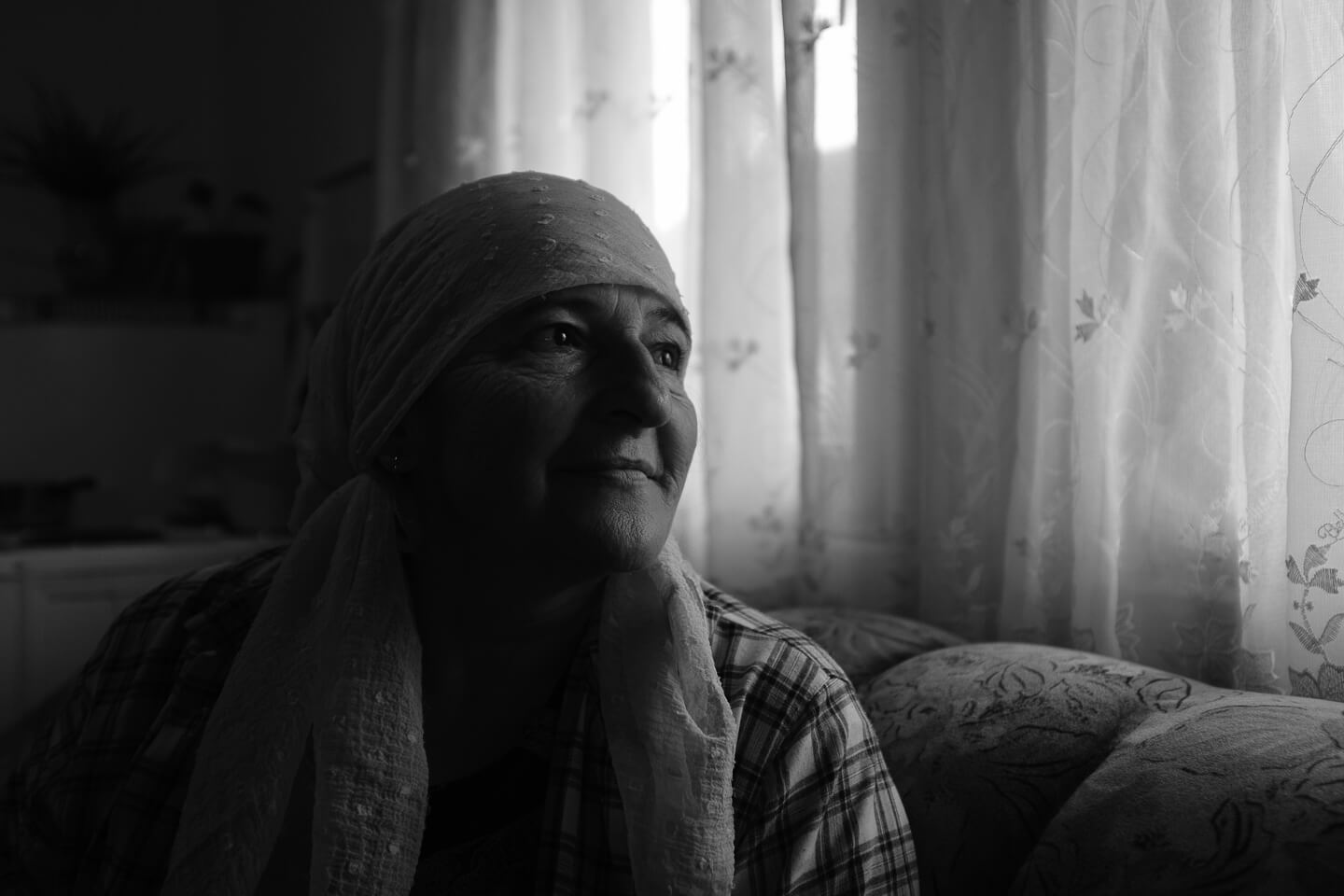
Devleta Omerovi, mother of two adult sons, in her home in a refugee camp in Jezevac.
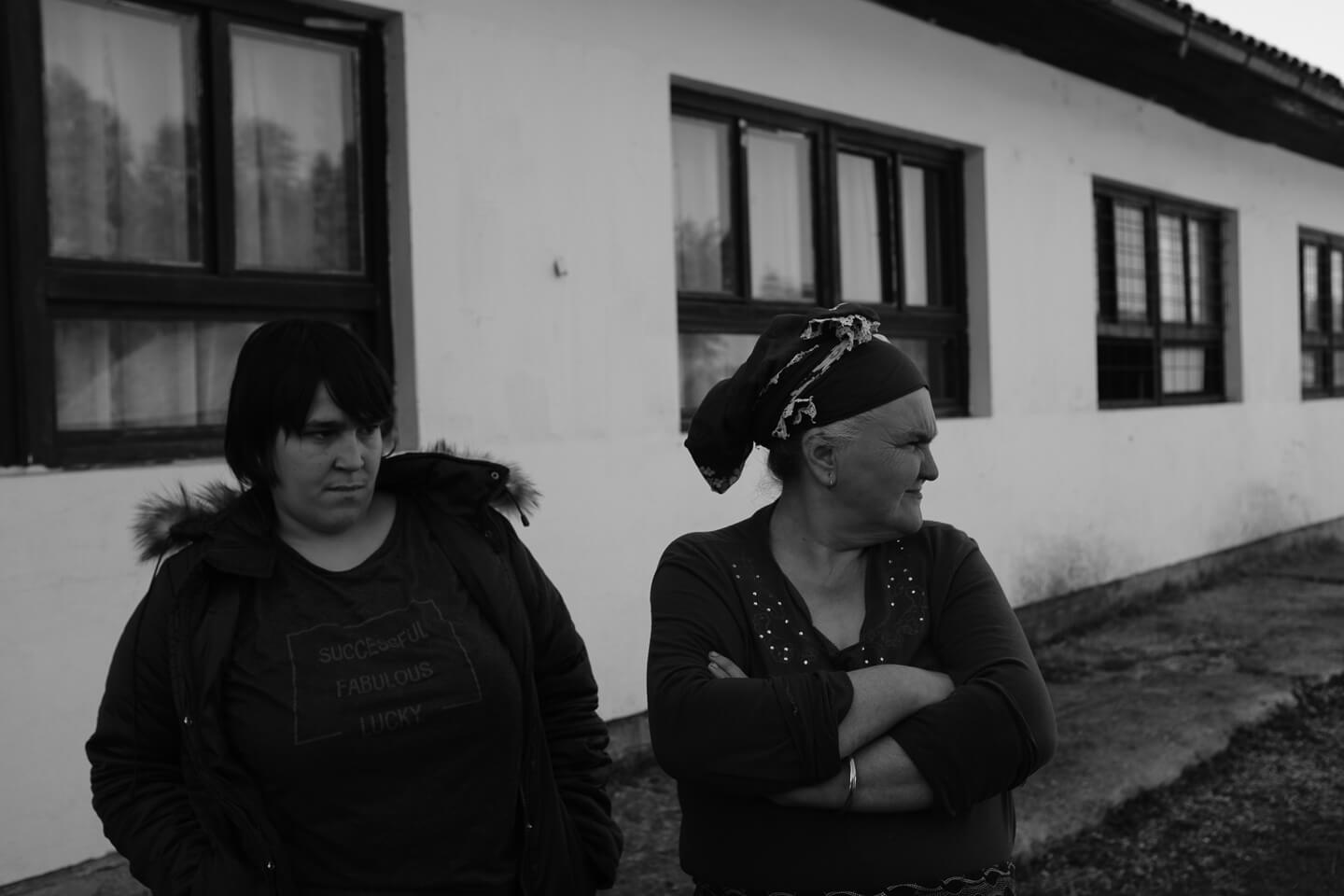
Samira Kabilovi and her mother Amira Kabilovi in Jezevac.
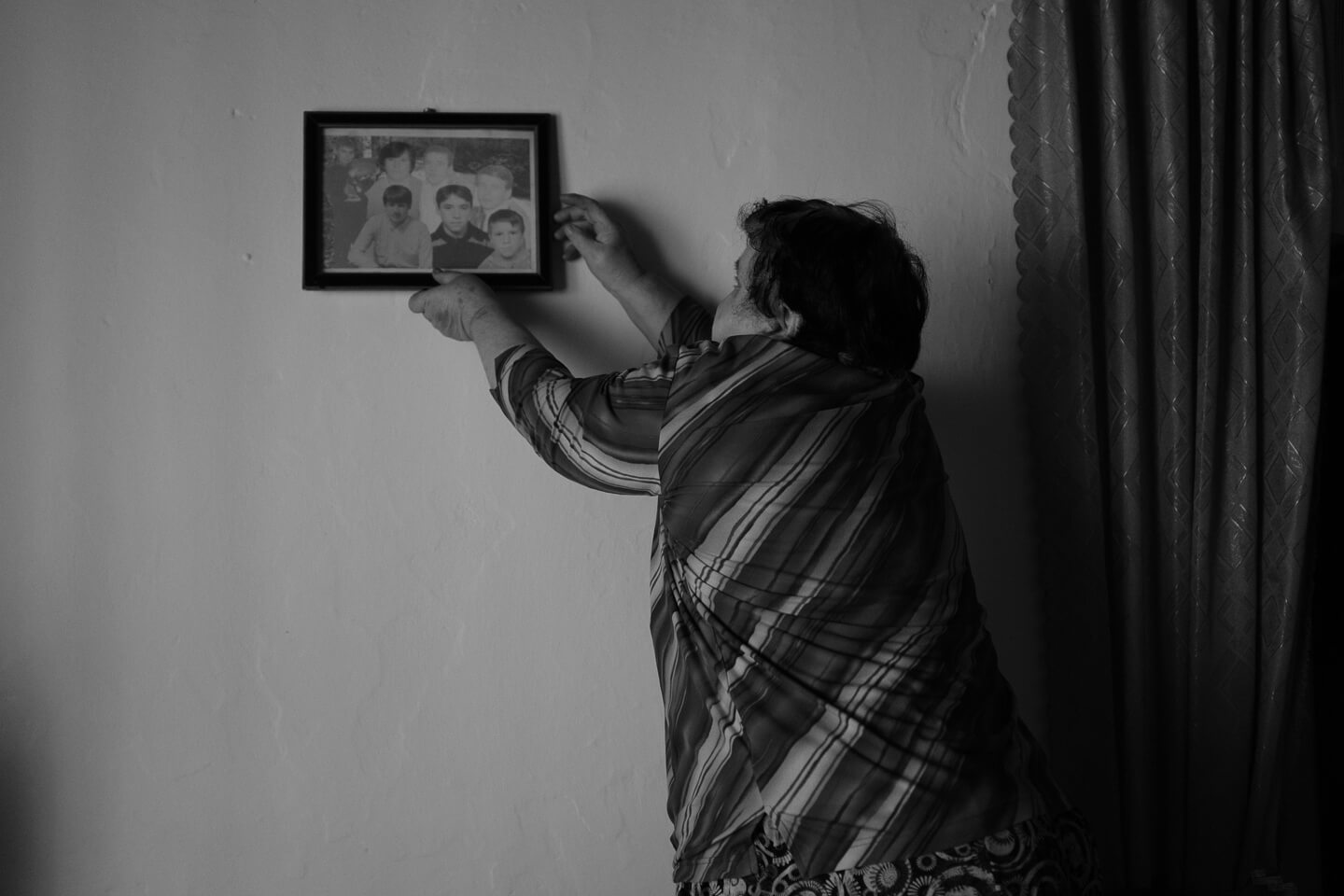
Safa Sulejmanovi, living with her now married son and his family. Her daugther-in-law, Almira, too is a survivor of genocide in Srebrenica.
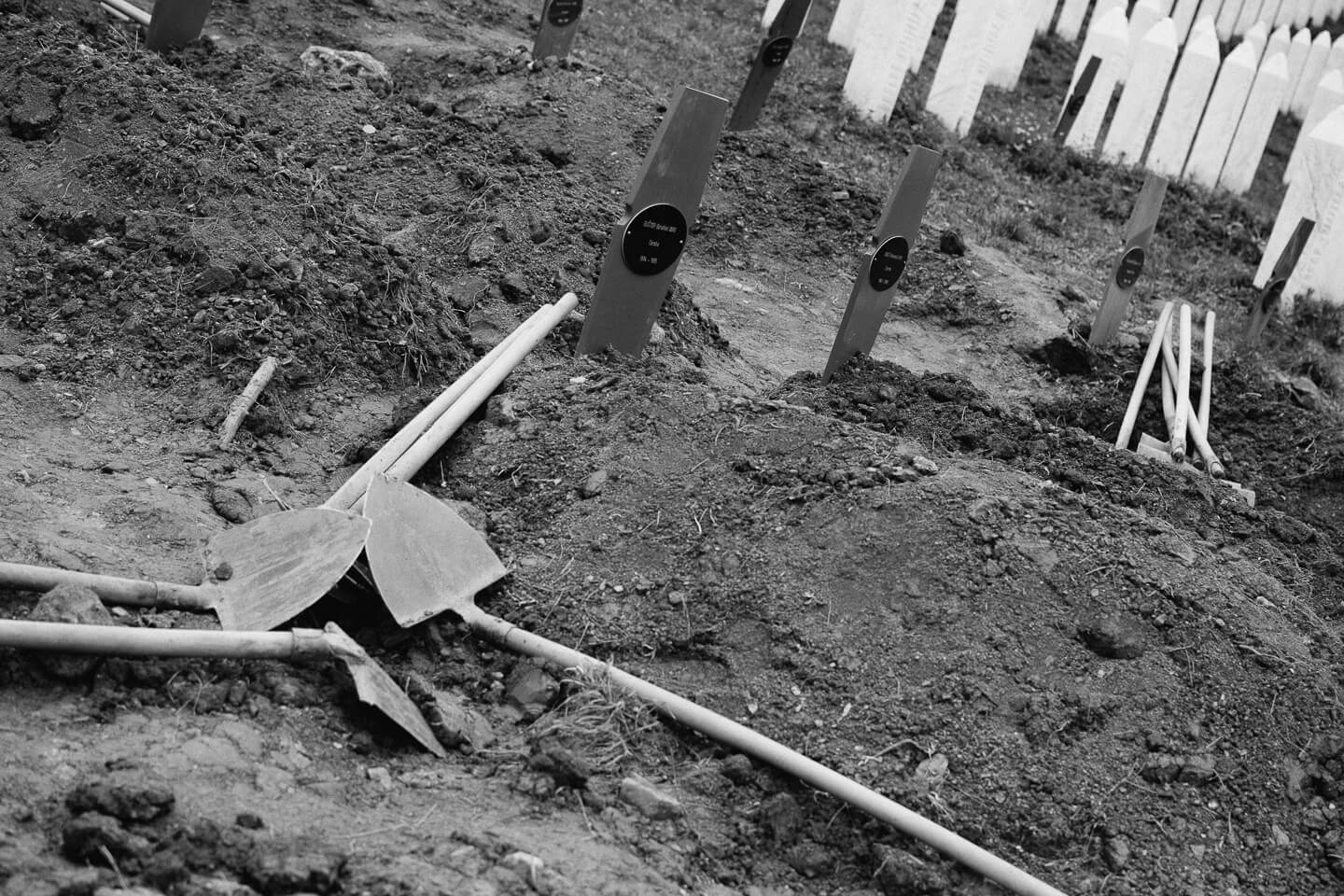
Srebrenica–Potocari Memorial and Cemetery on July 11, after newly identified victims have been buried.